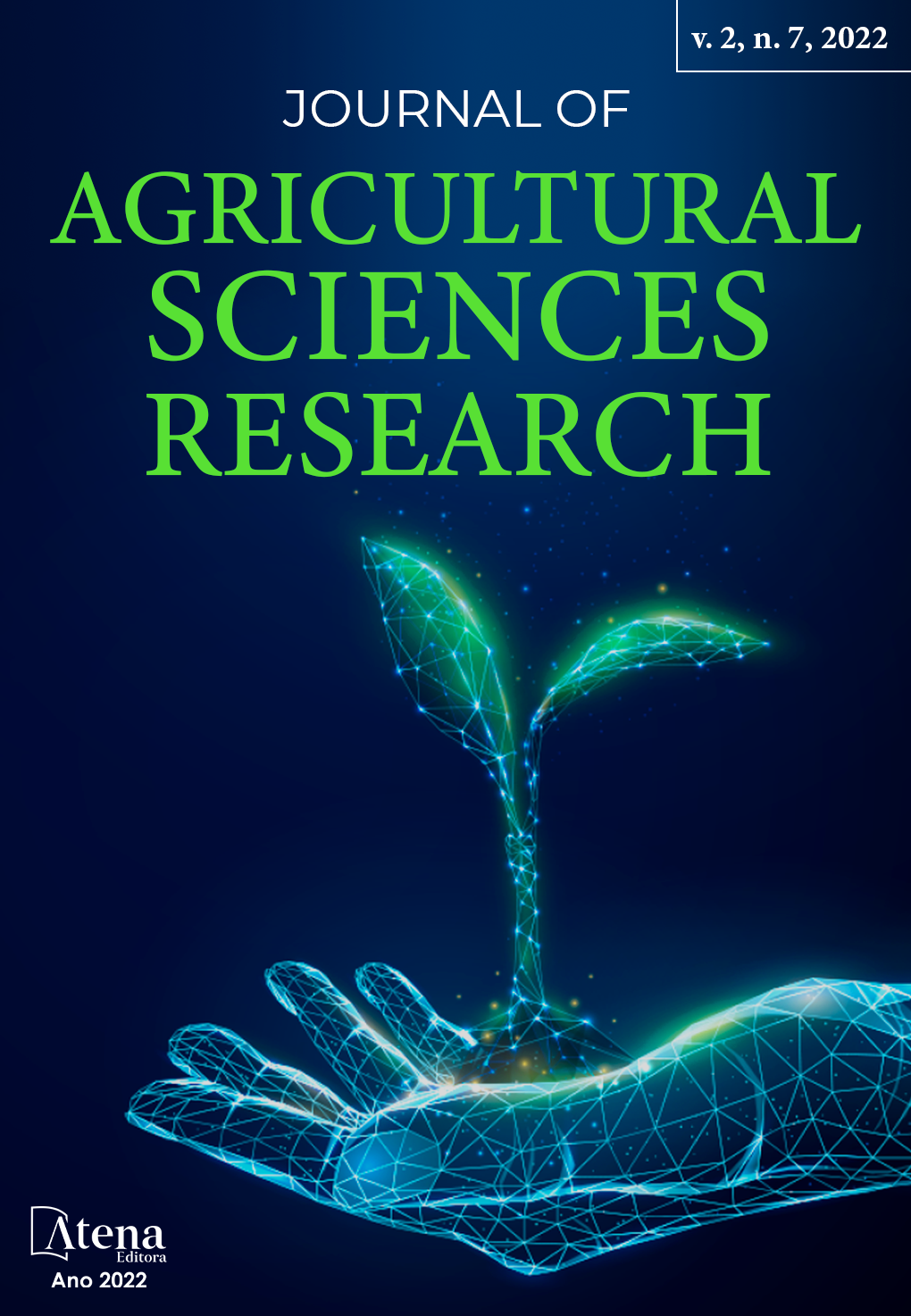
VERMICOMPOSTING APPLIED TO VEGETABLE AND ANIMAL RESIDUE
O crescimento populacional com o consumo dos alimentos geram consequentemente o aumento dos resíduos e problemas ambientais, sendo necessárias alternativas sustentáveis, reduzindo a poluição a partir da vermicompostagem. O objetivo deste trabalho foi analisar a eficiência dos resíduos animais (RA) e resíduos vegetais (RV) como adubo orgânico em diferentes proporções e o tempo que esses resíduos levam para se decompor. O RA foi obtido na Fazenda Experimental e o RV no Restaurante Universitário. A execução ocorreu no Laboratório N6 (Microbiologia Animal) do CCAAB. Foram utilizadas caixas organizadoras, com os seguintes tratamentos: 100 % RV e 0 % RA e 50 % RV e 50 % RA, e os respectivos tempos:0, 30, 60, 90 e 120 dias. Avaliaram-se os seguintes parâmetros: temperatura, pH, umidade, Escherichia coli, microrganismos mesofilícos e coliformes totais. Os dados foram submetidos às análises mostrando eficiência nas duas proporções do composto vegetal e animal, respectivamente. A redução bacteriana foi verificada em função do tempo e temperatura que foi avaliada a cada 3 dias. O pH observado nas amostras foi de 8,5 valor ideal para crescimento das bactérias. Para os níveis de umidade, foi observada diferença significativa entre os tratamentos 100-0 e 50-50 %, por apresentarem características distintas dos compostos nas proporções, porém ideais para a vermicompostagem. O composto final e o biofertilizante produzido mostraram-se viáveis em plantações com deficiência de nutrientes.
VERMICOMPOSTING APPLIED TO VEGETABLE AND ANIMAL RESIDUE
-
DOI: 10.22533/at.ed.973272211073
-
Palavras-chave: Biodegradação, Composto, poluição, sanidade
-
Keywords: biodegradation, compost, pollution, sanitation
-
Abstract:
Population growth with food consumption consequently generates an increase in waste and environmental problems, requiring sustainable alternatives, reducing pollution from vermicomposting. The objective of this work was to analyze the efficiency of animal residues (AR) and plant residues (VR) as organic fertilizer in different proportions and the time that these residues take to decompose. The AR was obtained at the Experimental Farm and the VR at the University Restaurant. The execution took place at Laboratory N6 (Animal Microbiology) of the CCAAB. Organizer boxes were used, with the following treatments: 100% VR and 0% AR and 50% VR and 50% AR, and the respective times: 0, 30, 60, 90 and 120 days. The following parameters were evaluated: temperature, pH, moisture, Escherichia coli, mesophilic microorganisms and total coliforms. The data were submitted to analysis showing efficiency in the two proportions of plant and animal compost, respectively. Bacterial reduction was verified as a function of time and temperature, which was evaluated every 3 days. The pH observed in the samples was 8.5, ideal value for bacterial growth. For the moisture levels, a significant difference was observed between the treatments 100-0 and 50-50%, as they present different characteristics of the compounds in the proportions, but ideal for vermicomposting. The final compost and the biofertilizer produced proved to be viable in nutrient-deficient plantations.
-
Número de páginas: 18
- Crisnanda da Silva e Silva
- Marcel Silva Lemos
- Ludmilla Santana Soares e Barros


